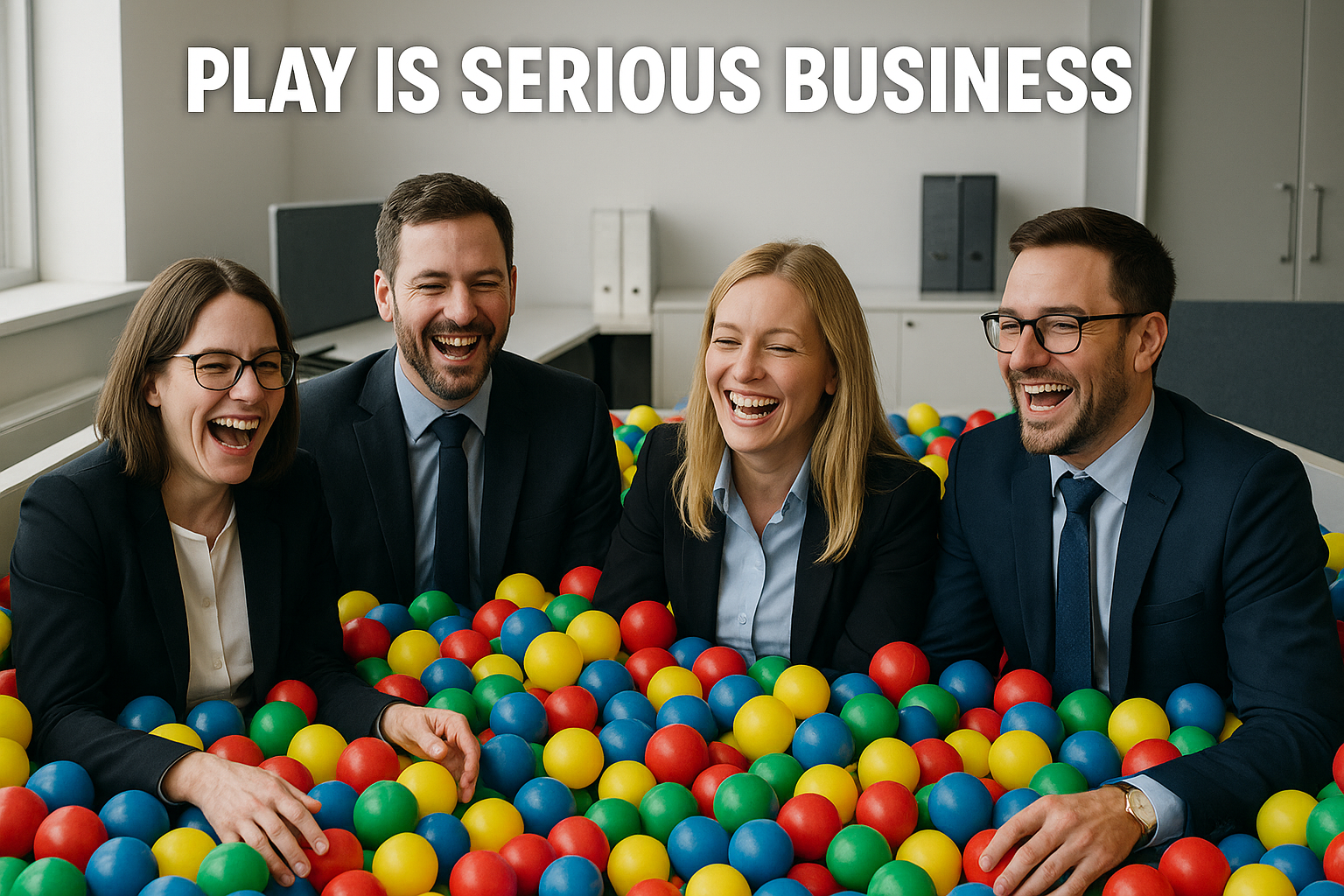To answer this, I believe we must first understand the landscape itself. We are living in what some call “the age of designing”- an era where design has evolved from just aesthetics and craft into a strategic, interdisciplinary force. Design now mediates between technology and humanity, synthesising complexity into clarity. However, with this elevation has come immense pressure; to deliver fast, measurable, scalable impact.
In such a high stakes environment, play can sometimes feel countercultural. But that may be precisely why it is essential.
Play is not frivolous- it is foundation to creativity. It allows for experimentation without the fear of failure, helps us break patterns, and fosters empathy by letting us momentarily inhabit alternate realities. In user centred design, play opens doors to unexpected insights. Consider IDEO’s culture of “serious play”, Lego’s workshops for corporate teams, or Google’s “20% time”- they show that structured organisations can still leave room for curiosity and delight.
Yet, play might not be universally positive. When misused or poorly times, it can waste time, confuse stakeholders, or lead to impractical solutions. So, what’s the answer? Not to abandon play, but to wield it wisely.
Intentional play has a place in the design process- especially during ambiguity rich phases like discovery, ideation, and prototyping. This is where ambiguity is an asset, not a liability. Play fuels divergent thinking, making space for possibility before converging toward purpose. With this, it also opens doors to invite other members of the team, beyond designers. Developers can engage in creative coding to prototype wild ideas quickly, and marketers can run playful A/B campaigns to forge real connection.
Across sectors, play serves as a pressure valve for innovation then- giving teams permission to fail fast, learn faster, and stay imaginative even when goals are serious.
Thus ultimately, play shouldn’t be treated as a friend or a foe- maybe as a tool. Like all tools, its value depends on the person’s ability to apply it with context, humility, and skill. In a world increasingly obsessed with optimisation, play can remind us that great design and products are not just efficient, but imaginative. The challenge now is to not just define play but to ensure it earns its place- by being purposeful, relevant, and human.
In this age, play is not a luxury. It is a signal of a healthy, future forward practice- when used not for its own sake, but in service of better questions, bolder ideas, and more meaningful solutions.

